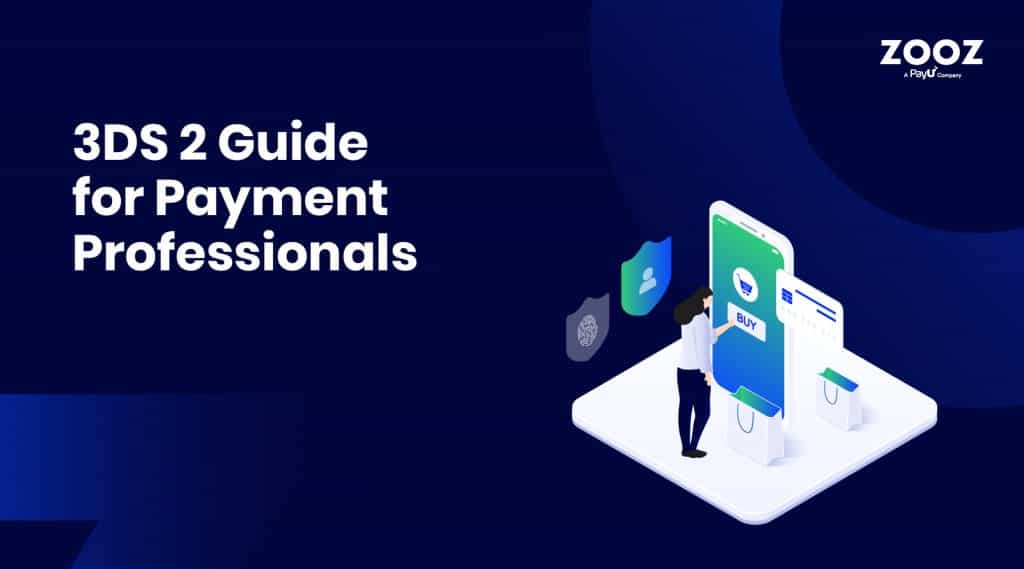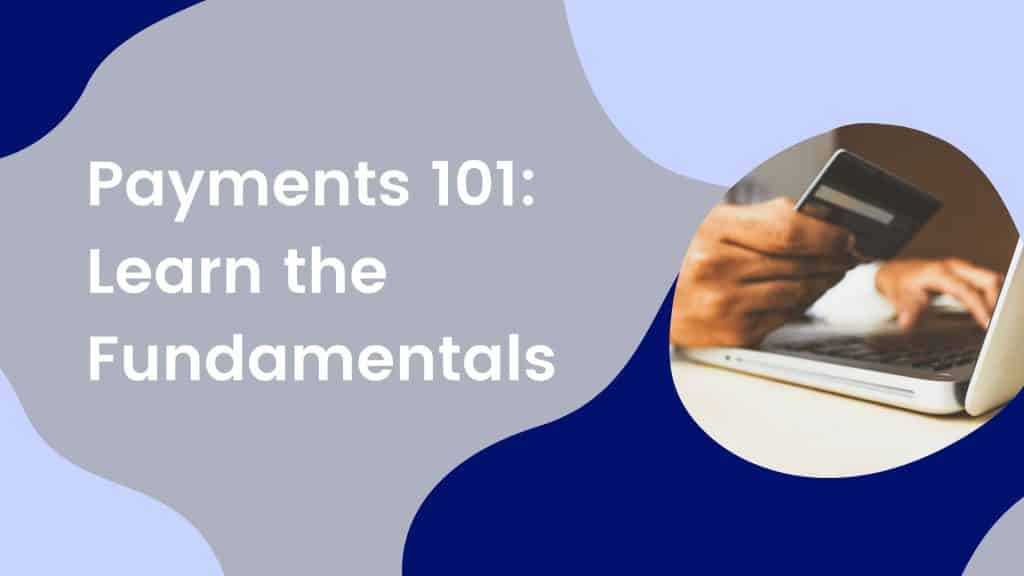If you own a B2B business, we have some good news
While the B2C segment (i.e. businesses selling directly to individual customers) is the most frequently talked about, merchants have a lot to get excited about when it comes to the B2B (business to business) segment.
What are B2B online payments?
The B2B e-commerce market refers to online sales taking place between two businesses. Top examples for such market can be Amazon and Alibaba.com, both of which serve an important marketplace for businesses to find what their business needs . From paper clips, mouse-pads, and desk lamps, to 3D printers and computers, businesses can now buy almost anything online, and in bulk.
Frost & Sullivan forecasts global B2B transaction volume to top $6.7 trillion by 2020 with about 2.3 trillion US dollars stemming from B2B cross border payments. This will make the B2B e-commerce market twice as large as the B2C market by 2020.
Beyond its huge market size, B2B is growing at a faster rate than its B2C counterpart, And that’s not to mention that B2B e-commerce transactions are characterized by high-average order values, repeat purchases, and higher conversion rates than its B2C counterpart. Targeting the global B2B market is simply a no brainer for hyper-growth merchants seeking massive growth opportunities.

The challenges
Tapping into the lucrative B2B market comes with challenges. Cross-border payments are complex, fragmented, and characterized by uncertainty, and high costs. Let’s take a closer look at some of the main difficulties all merchants will have to overcome when managing and processing B2B cross border payments:
The world might be going global but local payment methods still dominate the market
Today’s consumers and businesses expect nothing less than a seamless payments experience. Merchants must offer customers the local payment method of their choice to achieve this, but that can be much harder than it sounds. First of all, integration of new payment methods can be a cumbersome and expensive task that requires time and development time. And the challenges don’t end after integration either. As more payment options get added, merchants must be able to handle increased exposure to provider downtime, outages, and fees.
Challenging Authorization Process
While B2C purchases usually range from a few dollars to several hundreds of dollars, average B2B cross border payment values can range from several hundred to thousands of dollars, and even greater. With higher average transaction values, complex cross border authorization becomes even more complicated as high transaction values cause financial institutions fraud tools to kick into action. The result for merchants is often lower approval rates which end up frustrating customers and lead to lost sales.
High and Unpredictable Transaction Costs
For hyper-growth merchants supporting dozens of local payment providers and increasing transaction volumes in multiple currencies, processing costs and fees can put a dent in profit margins. These costs also create inconsistencies between the amount sent and the amount received, adding uncertainty to each transaction. And so, with skyrocketing processing costs and currency conversion fees, merchants expanding into new markets are usually faced with three options. They can absorb these added costs, transfer them onto their customers, or invest in a payment system that can reduce or avoid these costs altogether.
Compliance and Regulations
Another challenge for merchants selling to businesses around the world and conducting cross-border payments frequently is the need to stay compliant with different regulations (SCA and 3DS to name a few), card scheme standards, and fraud-protection. These require companies to allocate the human and financial resources to line their business with the requirements.
The solutions
Fragmentation, uncertainty, and high costs demand merchants to find a smarter way to manage, optimize, and control their payments globally. That’s where a smart and versatile payment orchestration panel comes into play. That layer gives businesses a bird’s eye view of their operation and allows them route, control and inspect the costs, downtime and flow of their ongoing payments. Some key components that are important to overcome the challenges are:
Dynamic Transaction Routing
B2B cross border payments don’t have to come with high costs and low approval rates. Dynamic transaction routing makes it possible for a business to devise rules and control to where each transaction will be directed. This feature allows a business to route local transactions in Germany for example, to a certain provider that showed – according to the accumulated data from previous transactions – the highest approval rate. Transactions can be routed according to value, location, min/max parameters and more – all according to the options provided by the payment orchestration panel.
Single API for easy integration
Having an agnostic payment infrastructure which provides hyper-growth merchants the ability to add any payment provider or method efficiently is of critical importance when expanding into new markets. Via a single API, merchants can easily add new currencies, payment methods, and Payment Service Providers (PSPs) – thus saving time, money, and moving into new markets much faster!
Advanced Analytics & Reporting
With booming sales and B2B cross border payments flying in from all corners of the world, you’re overloaded with data. By having a unified analytics and reporting dashboard, hyper-growth merchants have the ability to gather and harness deeper insights and supercharge their reporting capabilities. It offers a complete view of payments data with all KPIs viewable in one place. Easily search and find any global payment regardless of the provider. When it comes to reporting international transactions, effortlessly create and download custom cross provider reports based on business needs, and compare and evaluate payment service provider performance.
Risk Management
Compliance with different sets of regulations can become a headache for merchants processing large volumes of cross border transactions.
Making sure that the softwares you use are PCI compliant is both obligatory and will help you to reduce operational costs and minimize exposure to the Payment Card Industry data (PCI) security standard, as well as other regulations. Compliance also ensures better customer experience and higher transaction approval rates.
Further information about Payment Orchestration can be found here.
Final thoughts on B2B cross border payments
B2B eCommerce is becoming a major revenue factor to businesses selling products online. It’s upsides such as large baskets size and worldwide spread can be both a major benefit and a downside. To enable your business take advantage of these opportunities it’s important to invest in the basic infrastructure of your payments and to make sure that your payment orchestration panel allows you to control, track and maximize your transactions to ensure optimal growth.




